1. Point Reyes Shipwreck (Inverness, California)
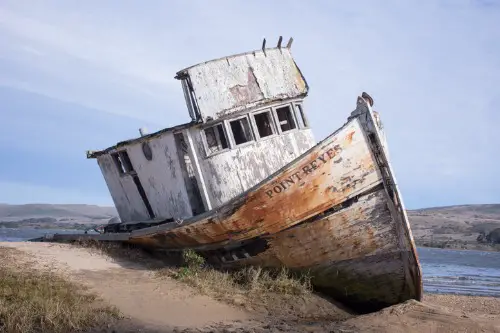
The old fishing boat marooned in the mudflats near Tomales Bay has become a ghost of its former self. Once a photographers’ secret, the Point Reyes Shipwreck became a social media craze, and the fragile marsh suffered for it. Locals watched as the quiet inlet turned into a backdrop for drones and wedding shoots. Now that the crowds have moved on, they’re in no rush to see them back.
There’s a melancholy beauty in seeing the boat decay quietly, waves lapping at its hull. Residents remember when only a few hikers wandered by at sunset, just to listen to the gulls. It’s not fenced off, but time itself seems to be doing the protecting. The fewer who come, the longer it lasts.
2. Monhegan Island (Maine)
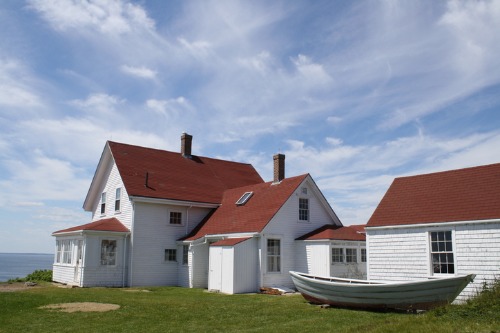
Monhegan Island sits ten miles off Maine’s coast, and its isolation is part of what keeps it magical. The small artist community thrives on simplicity—no cars, few shops, and long, wild trails leading to crashing cliffs. For decades, it’s been a haven for painters chasing the Atlantic light. But when too many weekend tourists arrive, the island’s rhythm feels off.
Locals prefer the sound of gulls and foghorns to crowds spilling off the ferry. They know how easily overexposure can overwhelm such a tiny, self-sufficient place. It’s not about keeping people out—it’s about protecting a way of life. Visitors who come quietly are welcomed, but those who broadcast it loudly are what locals secretly dread.
3. Driftwood Beach (Jekyll Island, Georgia)
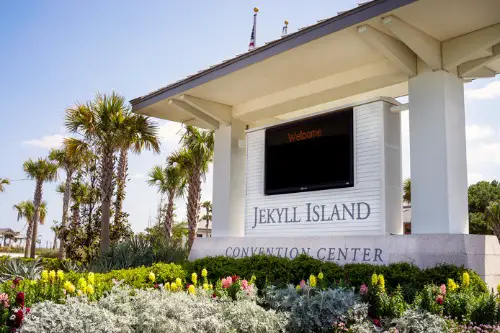
Driftwood Beach looks like a movie set—gnarled trees twisted across the sand like sculptures. Locals once had it almost to themselves, walking dogs or picnicking under the eerie, salt-worn branches. Then it exploded online as a wedding and Instagram backdrop, and the crowds nearly crushed its peaceful charm. Since then, many Georgians have stopped tagging its exact location.
When you walk there now, especially at sunrise, it still feels like another world. The beach breathes again when the tourists fade away, the tide reclaiming footprints. Locals love its natural drama but want to keep it uncurated and quiet. They know too many rediscoveries could strip it of what makes it special.
4. Valley of Fire State Park (Nevada)
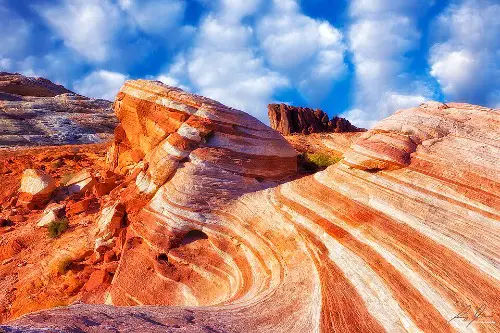
Just an hour from Las Vegas, Valley of Fire is a desert masterpiece of red rock and ancient petroglyphs. For years, locals hiked its glowing canyons in near solitude, especially on sunrise treks. Then social media discovered Fire Wave Trail, and suddenly the fragile sandstone paths were overrun. Rangers had to repair damage that years of wind hadn’t managed to cause.
Nevadans still visit, but they keep their favorite corners off the map. The park’s silence at dawn, when the rocks seem to burn with color, is part of its soul. Crowds change that—turning meditation into noise. Locals quietly hope it slides back into semi-obscurity, where beauty can exist without pressure.
5. Bowling Ball Beach (Mendocino County, California)
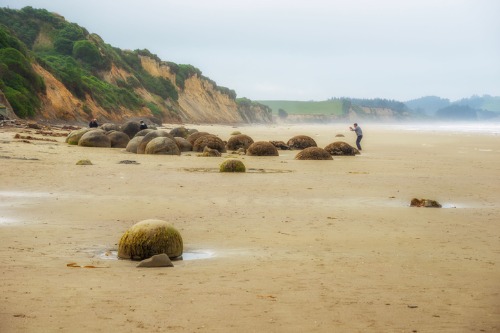
Bowling Ball Beach, near Schooner Gulch, hides its wonder behind tide charts and timing. At low tide, round sandstone boulders line the shore like nature’s marbles, and for years, only locals knew when to catch them. Then the internet found it, and people showed up at the wrong hours, trampling delicate rock layers. The spot was loved too hard, and locals learned to stop advertising it.
Now, if you time it right, you’ll see the “bowling balls” half-submerged in mist, perfectly still. It’s a place that rewards patience and local knowledge, not checklists. Those who live nearby would rather it stay that way—a quiet marvel instead of a weekend circus. Some secrets are better whispered than shared.
6. Second Beach (La Push, Washington)
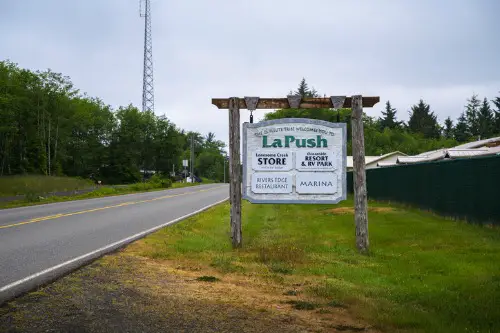
Locals in La Push treasure Second Beach for its moody sea stacks, driftwood-strewn sands, and fog-wrapped quiet. It’s only a short hike from the road, but that bit of effort keeps most casual tourists away. Years ago, when Twilight fans flooded the area, locals watched their peaceful refuge turn into a noisy photo op. They’re grateful that wave of visitors finally ebbed, restoring its calm.
Now, at dawn or dusk, you’ll find locals walking dogs or surfers jogging toward the waves instead of crowds snapping selfies. The trail still smells like cedar and ocean spray, and the tide pools are left mostly untouched. People here love sharing their beach with respectful travelers, but they also know peace is a fragile thing. That’s why many quietly hope the rest of the world forgets about it again.
7. Great Sand Dunes National Park (Colorado)
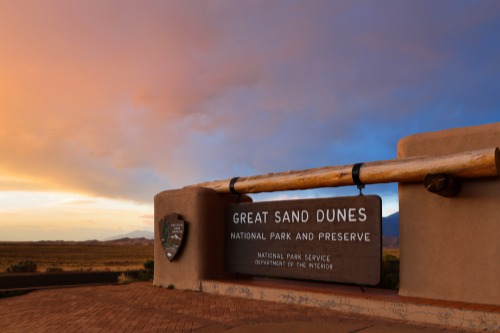
The Great Sand Dunes are surreal—tall waves of golden sand rising beneath snowcapped peaks. For years, southern Coloradans had it mostly to themselves, a place to camp under dark skies and sled the dunes in silence. Then, briefly, the park trended online, and long lines formed for every vista. Locals sighed in relief when the hype died down.
Now, on weekdays, you can still hear only wind and the soft crunch of sand underfoot. It’s a place that feels untouched precisely because it’s hard to reach. Locals love that barrier—effort is the filter that keeps it pristine. They’d rather people forget it than watch it fill with crowds.
8. Guadalupe Mountains National Park (Texas)
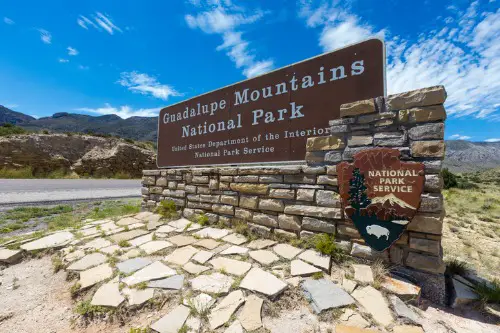
Tucked near the New Mexico border, the Guadalupe Mountains are rugged, remote, and blissfully under-visited. Texans who know it call it their secret national park, a land of fossil reefs, canyons, and endless sky. When people skip it for Big Bend, locals quietly smile. Fewer visitors mean trails that still feel like wilderness.
Even on popular weekends, you might hike for hours without seeing another person. The wind whistles through the desert grass, and sunsets paint the limestone peaks in gold. It’s solitude in its purest form, something increasingly rare. Locals hope it stays just inconvenient enough to keep it that way.
9. McWay Falls (Big Sur, California)
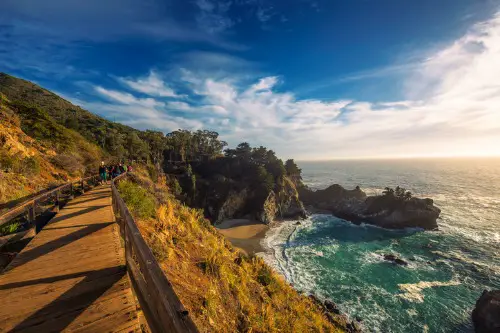
McWay Falls drops straight into the Pacific—a sight so perfect it looks like CGI. Big Sur locals used to stop along Highway 1 and have the view nearly to themselves. Then travel blogs turned it into a pilgrimage, and parking became chaos. When storms closed the highway, the silence returned, and locals didn’t exactly mind.
Standing there now, when traffic is light, it feels almost holy. You hear only waves and wind, no chatter or engines. That’s how it’s meant to be seen—alone, not through a phone screen. Locals quietly wish it stays slightly forgotten.
10. Palouse Falls (Washington)
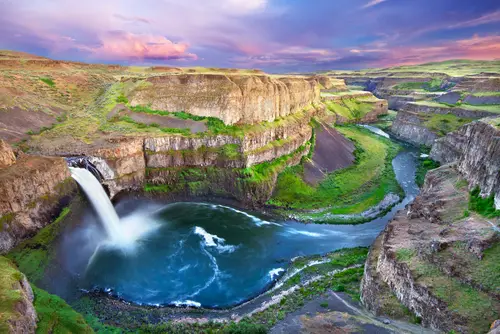
Palouse Falls drops dramatically into a basalt canyon in the middle of farmland—a natural wonder hidden in plain sight. Eastern Washington residents love that it takes commitment to reach. When it briefly went viral, people crowded the cliffs for risky photos, and rescue calls spiked. Locals were relieved when attention drifted elsewhere.
The falls are thunderous, surrounded by golden grass and solitude. There’s no gift shop, no restaurant, no nearby town—just wind and spray. That remoteness is what keeps it real. Locals want it to stay wild, not polished for mass tourism.
11. Taft Point (Yosemite National Park, California)
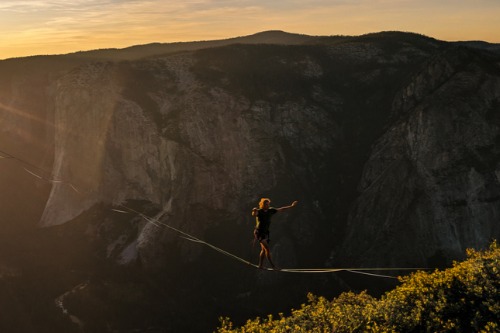
While Yosemite Valley bursts with visitors, locals have long preferred Taft Point—a quieter cliff with jaw-dropping views. It’s a short hike but feels far from the chaos below. Sadly, when social media “rediscovered” it, people began crowding the edge for selfies, sometimes dangerously close. Locals and rangers both wished for the old, hushed Taft Point to return.
Now, early mornings still offer that magic. The granite glows, the valley opens below, and silence wraps around you like air itself. Locals know it’s too beautiful to stay secret forever. But they’d rather it be seen respectfully, not performed for an audience.
12. Cumberland Island (Georgia)
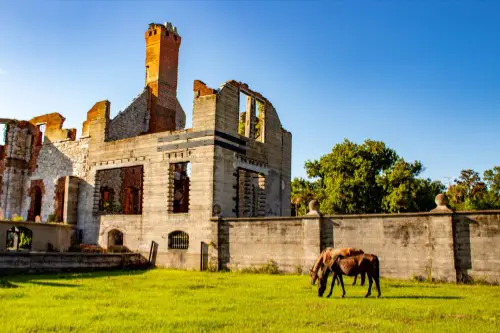
Cumberland Island feels like time travel—wild horses roam beaches beneath ancient oaks. Only a limited number of ferry visitors are allowed each day, and locals hope it stays that way. Too much attention could easily tip its fragile ecosystem out of balance. For Georgians who cherish quiet, it’s sacred ground.
Walk a few minutes from the dock, and you’re alone with the wind and hoofprints in the sand. The ruins of Dungeness whisper of another era, and the ocean hums in the background. Locals know this peace can’t coexist with crowds. They prefer its beauty whispered rather than shouted.
13. Dry Tortugas National Park (Florida)
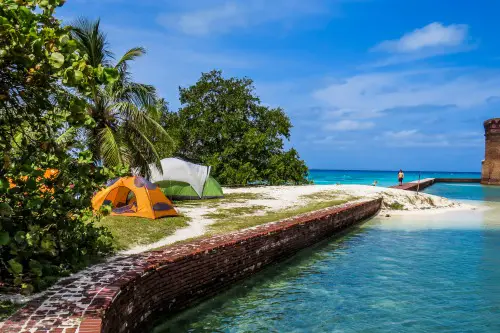
Seventy miles west of Key West, Dry Tortugas is one of America’s hardest-to-reach parks—and that’s exactly how locals like it. You need a seaplane or boat to get there, and the remoteness keeps it pristine. When it occasionally pops up on travel lists, locals groan, knowing how fragile the coral and fort structures are. They’d rather it remain a place you have to earn.
Out there, surrounded by endless blue, the world feels far away. The old Fort Jefferson rises from the sea like something half-dreamed. Locals love that sense of otherworldliness and isolation. They hope the difficulty of getting there keeps it safe.
14. Prairie Creek Redwoods (California)
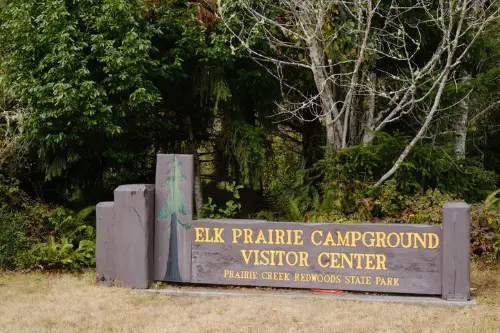
While everyone else crowds Redwood National Park’s main loops, Northern Californians slip quietly into Prairie Creek. It’s home to the Fern Canyon trail, where moss and waterfalls cover narrow canyon walls. After it appeared in a few Hollywood films, the crowds swelled, and locals mourned the loss of stillness. Thankfully, new permit limits have restored some peace.
Now, you can once again walk alone through green walls that seem alive. Locals cherish that hush, the sound of dripping water and distant ocean. They’ve learned that obscurity is its best protection. Fewer visitors mean the forest breathes freely again.
15. Craters of the Moon (Idaho)
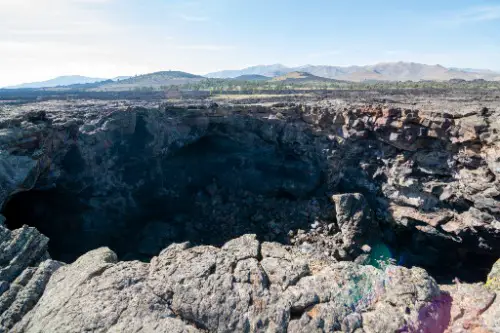
Craters of the Moon looks like another planet—black lava fields stretching to the horizon. Idahoans have long known it as a place for quiet hikes and stargazing without city glow. When it caught brief national attention, visitors trampled fragile crust and left litter behind. Locals were relieved when it fell back off the radar.
Now it’s back to being delightfully weird and empty. You can stand alone under the Milky Way and feel like you’re on Mars. Locals love that eerie isolation and hope it never becomes trendy again. Some wonders are better left half-forgotten.
This post 15 Tourist Attractions That Locals Secretly Hope Never Get Rediscovered was first published on American Charm.


